Some vehicle problems are inconvenient while others can be terrifying. And when it comes to driving an electric SUV through the unforgiving heat of the Southwest, the line between the two can disappear fast. That was the case for one Rivian owner whose experience left me thinking deeply about how heat, software, and human safety intersect in modern EVs. Brian Ogawa shared his story in the "RIVIAN Electric Vehicles Discussion" Facebook group, where he described a scary sequence of events: shortly after fast charging his Rivian R1S during a trip to Arizona, the air conditioning suddenly failed in 114° heat. Just 45 minutes later, the SUV went into turtle mode while driving on the freeway, slowing to 5 mph as his dogs sat helpless/
Here’s exactly what Brian wrote: “So after taking our newer R1S to Arizona this weekend for the first time, we charged for the first time and the truck AC stopped working. Then about 45 mins later it went into turtle mode on the freeway at 5 MPH. I had to pull over in the shade. The truck said 114 degrees. After a hard reset everything started to work again. Anyone ever had this happen? It got so hot out that my dogs almost died. It was that hot. I’m scared to drive back to Los Angeles thinking it could happen again.”
From the tone of his post, it’s clear this wasn’t just an annoyance. It was a breakdown that left Brian fearing for his dogs' safety and questioning whether his R1S could be trusted to make it back home. Sadly, it seems he's not the only one seeing critical issues emerge when EVs are pushed to the edge in extreme climates.
Other Owners Seeing Similar Failures
One of the most useful responses came from Jennifer Mansfield, who shared her experience: “It happened to me. Coolant hose was not installed properly at the factory. I never completed my trip after the first level 3 charge and had to be towed to the service center. Call service before a long trip!”
Her warning is especially relevant, considering how many owners hit the road with full confidence in their EVs. Newer buyers in particular may not yet be familiar with the early failure patterns that can surface during real-world use and long-distance travel. For drivers who rely on their vehicles for long-distance travel in tough environments, reliability isn’t a luxury, but a baseline.
It’s not the first time this type of early trip failure has been reported. We actually recently covered another similar case where another owner's Rivian R1T was left with a critical battery failure. That story echoed a common theme that many early EV adopters are now confronting: technology this complex still carries risk when taken far from support centers.
Eric Lee chimed in with a proactive suggestion many new owners might not know about: “If this ever happens again, press and hold over your name on the screen. It will automatically capture the diagnostic to send to Rivian. Then do the reset.”
It’s a small but powerful action that could potentially speed up service response times and help Rivian engineers get ahead of repeat issues. In Brian’s case, a manual hard reset resolved the problem temporarily, but having that diagnostic data would give the service team much-needed insight into what exactly failed—whether it was the AC compressor, thermal management system, or something deeper in the battery management logic.
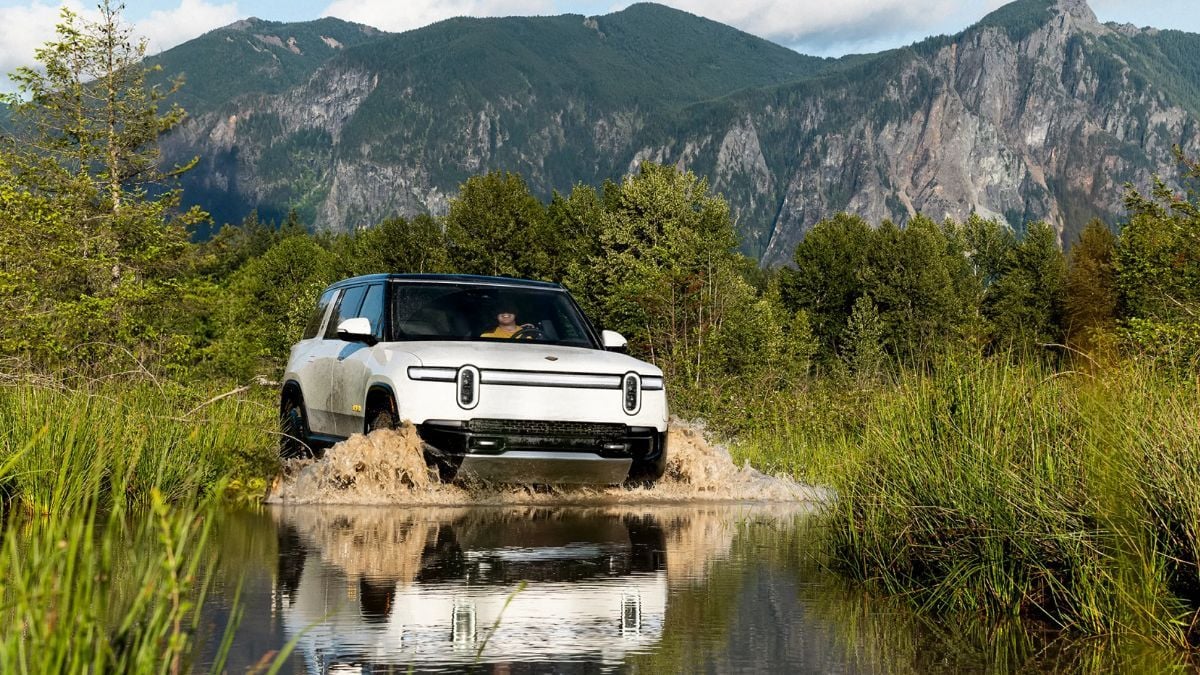
Why Heat Makes Everything Worse
Harvey Payne took the conversation in a more technical direction, suggesting the vehicle may have prioritized battery cooling over cabin comfort: “My guess is the battery was getting too hot and the cooling was diverted to the battery. Semi-related (in that they are both EVs), but we charged our Tesla twice yesterday in 100°+ temperatures. The first time we had shade and all was well. The second time we didn’t. You could hear the AC and fans cranking but the cabin was warm and stuffy. A few minutes after we unplugged and left, the AC could start working on the cabin again.”
What Harvey is getting at is a real and under-discussed phenomenon. EV thermal management systems will often prioritize battery cooling over cabin comfort, especially during or after a DC fast charge. In the desert, this can quickly become a health hazard. And it aligns with larger conversations we’ve seen around heat-related limitations on battery systems, such as how phone key functionality and other software features have struggled under thermal stress, where software functionality itself begins to flake out when heat soaks the system.
To make matters worse, heat doesn't just affect functionality. It can also speed up battery degradation, particularly when an EV is exposed to extreme temperatures while charging. This is why Ian Keaggy made an interesting point in his comment:
“It seems crazy to me that charging stations aren’t covered considering the intense heat and adverse effects of heat on battery charging performance. Seems like a small additional cost compared to how much superchargers probably cost.”
Covered or climate-managed chargers would not only protect passengers but also help reduce thermal strain on the battery, which could extend long-term health. Heat is a stressor on lithium-ion cells, and repeated charging in direct sunlight can compound the problem, especially in places like Arizona.
This is particularly important when we realize that many owners are now choosing Rivians for serious, long-range travel, even switching over to other major EV trucks when things don't go well. We saw that when a Rivian owner shared how they had owned everything from a Sierra EV to an R1T, but ultimately found the F-150 Lightning to be the most dependable.
What This Says About EV Readiness in Extreme Conditions
What happened to Brian is not just shocking, but it is also concerning. The technology behind electric SUVs is still in a phase where real-world edge cases expose some weaknesses. In this case, charging in extreme heat appears to have overwhelmed the vehicle's thermal management system, resulting in a cascade of failures. When your AC goes out in 114° and the drivetrain fails shortly after, it stops being about convenience and becomes about safety.
And that safety concern extends to passengers of all kinds. What happens if it’s not dogs in the back seat next time, but children? Or elderly family members? That’s why these issues deserve attention, and not just from Rivian, but from owners planning trips in hot states. If we’re going to normalize EV adventure travel, we also need to normalize redundancy, preparation, and transparent service guidance. Because when a breakdown happens far from home, especially in harsh weather, it can become a crisis very quickly.
Many still believe in the brand and what it stands for, as even some longtime Lexus owners abandoned the brand and switched to Rivian. So the optimism around Rivian as a brand is still very real. But moments like these show us that confidence must be earned and re-earned with every trip.
Takeaways for Current and Future EV Owners
- Always test your AC and cooling system after a DC fast charge, especially in extreme heat. If something feels off, don't wait, pull over and reset.
- Know your reset options. Learn how to trigger a diagnostic capture and perform a hard reboot so you’re not caught off guard.
- Shade isn’t just for comfort, it’s for battery health. Park and charge in the shade whenever possible to reduce thermal stress.
- Expect the unexpected on your first long trip. Even new EVs can have factory issues like uninstalled hoses or software quirks that won’t show up until the car is pushed to its limits.
- Call service before a trip if you’ve had any weird behaviors lately. What seems minor could become serious once you’re 200 miles from home.
- Watch for signs of thermal prioritization. If the cabin gets hot during or after charging, your battery is likely being cooled instead. This is normal, but dangerous if you have pets or passengers who rely on cabin AC.
What About You?
Have you ever had your EV shut down or overheat during a road trip? How did you handle it, and what would you do differently next time?
And if you drive a Rivian, have you ever seen strange behavior after charging in extreme heat?
Let us know what happened in the comments below. Your experiences help put into perspective just how many owners have had similar issues.
Aram Krajekian is a young automotive journalist bringing a fresh perspective to his coverage of the evolving automotive landscape. Follow Aram on X and LinkedIn for daily news coverage about cars.
Image Sources: The “RIVIAN Electric Vehicles Discussion” public Facebook group and Rivian’s’ gallery, respectively.



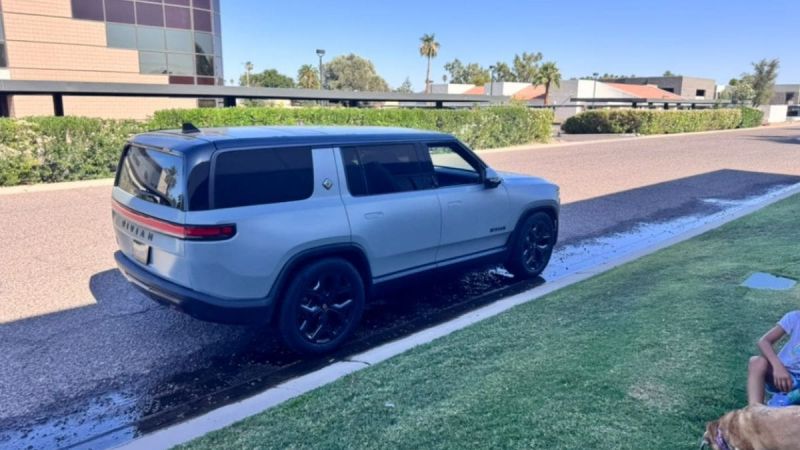




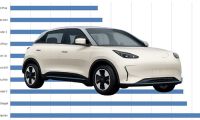
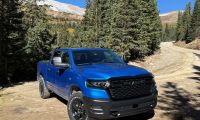

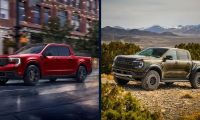

Comments
You sure have a lot of…
Permalink
You sure have a lot of friends that have bad experiences every day with their EVs,
My windows would have been…
Permalink
My windows would have been put in after 5 minutes of waiting.
t leads you to think the…
Permalink
t leads you to think the dogs were somehow locked in the car, and trapped. One of the comments here by Ian McKinlay proves that it is misleading, as he says he'd have bashed in the windows to save his dogs....BUT the dogs were never trapped in the car!
The Rivain went into limp mode, and was steered into the shade. The owner parked in the shade, took out his dogs, and what was "near killing them" was the 114F Arizona heat.
And there is a garbage implication that this is an "EV problem"...as if ICE cars never had any trouble with their AirCo systems in a heatwave, or with ambient heat. Like an ICE radiator never boiled over, etc???
YES, the heat exposed a weakness of this Rivian EV. But it also exposes many weaknesses of an ICE car: Vapor lock, degraded starting batteries, coolant-over-heating, over-heating during uphill climbs, tire failures, etc. It's deceitful to act like extreme heat ONLY is problematic for EVs.
It seems to me that global warming is part of the actual threat here, and EVs a part of the solution.
If your dogs almost die in…
Permalink
If your dogs almost die in your presence, you shouldn't have dogs.
This article is clickbait…
Permalink
This article is clickbait designed to sell drama (and bash Rivian)—possibly even “sponsored” by Tesla or one of the Big Three automakers.
“114-degree heat” can cause failures in all kinds of vehicles. I also agree with the commenter who pointed out that the headline misleadingly suggests the Rivian was to blame. Rivians are among the best—and likely safest—vehicles on the road.
If this story is even based on real events (which is questionable), any risk to the dogs lies with the driver, not the vehicle. If extreme heat could kill your dogs, don’t drive them through Arizona in the summer, counting on your car’s tech to compensate for poor judgment. The same would apply if you drove them into a blizzard and got stuck overnight. Either way, it’s not the car’s fault—it’s your fault. Please apologize to Rivian and to your dogs. They both deserve better